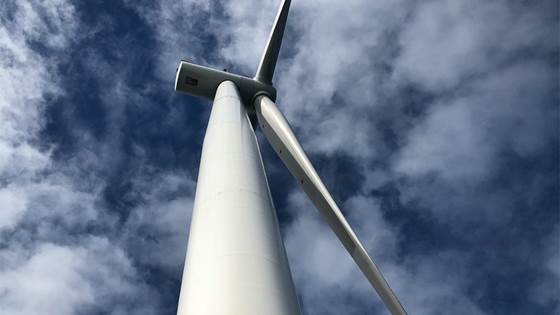
NYMOOR - Nylon ropes for mooring of floating wind turbines
NYMOOR will enable design and use of nylon mooring systems for floating wind turbines, reducing material and resource requirements and enabling novel mooring solutions.

NYMOOR will enable design and use of nylon mooring systems for floating wind turbines, reducing material and resource requirements and enabling novel mooring solutions.
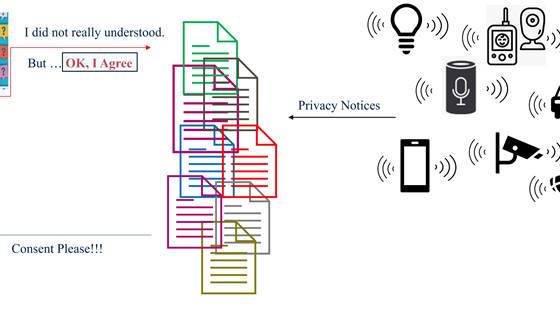
The Privacy@Edge project aims to enhance individual privacy awareness and control in the IoT landscape by developing intuitive tools that simplify complex privacy policies and offer personalized privacy recommendations.
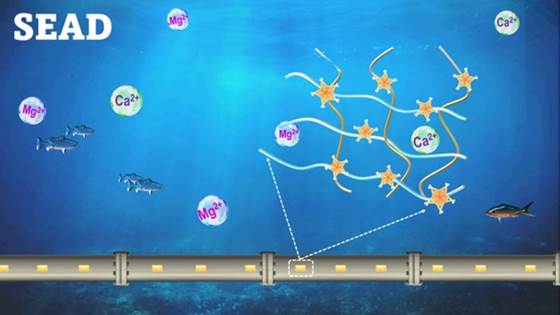
The SEAD project will explore the potential of plant-inspired pyrogallol-based compounds as adhesion anchoring sites.
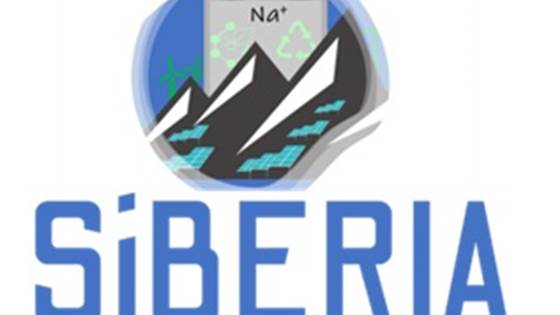
SIBERIA intends to develop completely fluorine free Na-ion batteries as an alternative battery technology for stationary storage.

The TESTUDO project aims to use state-of-the-art technologies for detection, prevention, and prediction to develop an advanced platform for continuous Critical Infrastructure monitoring in harsh and remote areas.

THEMIS 5.0 is a European research and innovation project aimed to enable trustworthy AI. Specifically, to enhance trustworthiness of AI-driven decision support systems, where AI collaborates with human experts – in healthcare, logistics, and media...
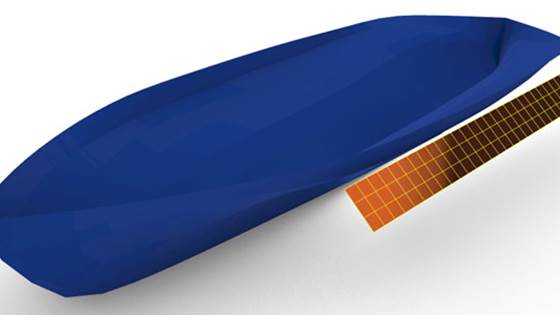
Estimating the energy harvesting potential of a roll-dampening wave energy conversion system for small fishing vessels.
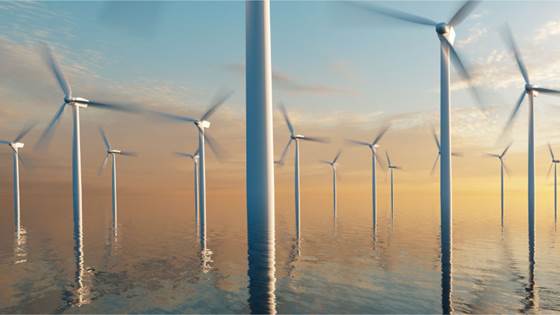
Wholistic and integrated digital tools for extended lifetime and profitability of offshore wind farms

ZeSiM will eliminate CO2-emissions from manganese ferroalloy and silicon production by replacing the carbon reductants with renewable energy in the most direct way possible: through electrowinning.

The aim of the initiative "Gode pasientforløp" is to support municipalities and hospitals in improving transitions in patient pathways and ensuring users' needs for integrated, safe, and coordinated services.
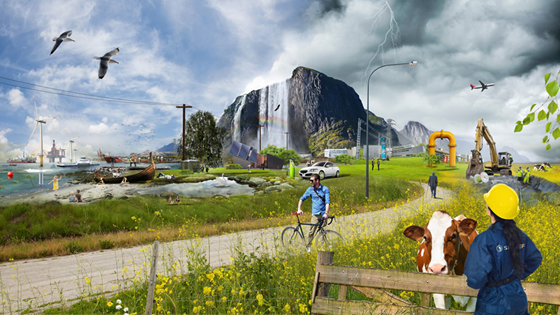
The EnerSea project aims to map the Norwegian seafood industry's need for renewable energy up to 2040.
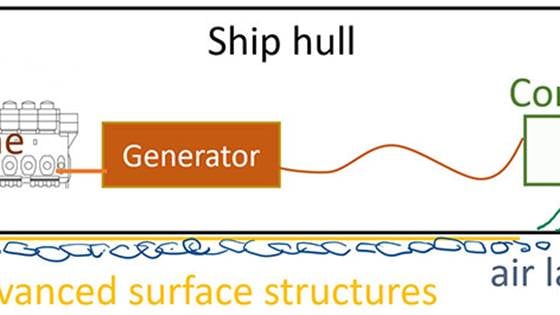
The main objective of AirOcean is to reduce environmental footprint and increase energy efficiency of oceangoing vessels by providing know-how for design and application of effective air-lubrication systems (ALS).
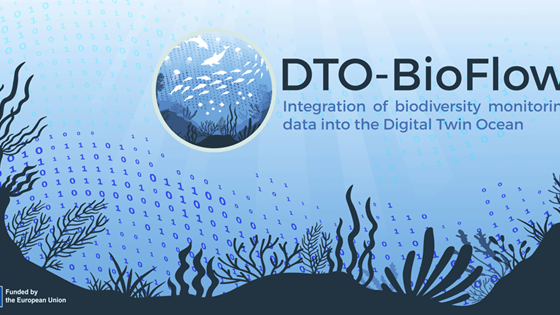
Building the biodiversity component of the Digital Twin of the Ocean
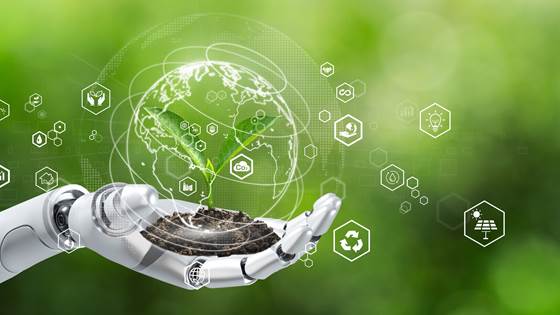
The ENFIELD project will establish a unique European Centre of Excellence that excels in fundamental research in Adaptive, Green, Human-Centric, and Trustworthy Artificial Intelligence (AI).
The FUMO project aims to find solutions for a sustainable and growing transport system in arctic urban and industrial conditions.
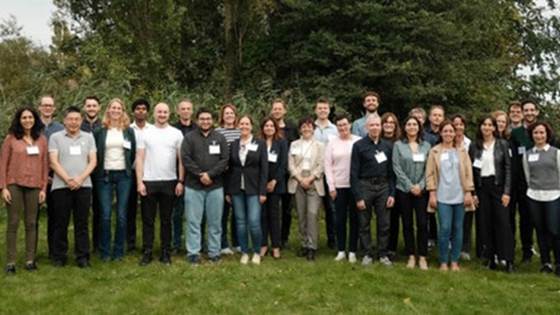
The HICCUPS project proposes a resource efficient solution to convert biogenic CO2 emissions from wastewater treatment plants into bio-based polymers for the packaging industry.

The project will estimate contributions from SESAR Solutions, streamline evaluations, provide guidance in diverse performance domains, and conduct simulations to uncover cross-effects during joint deployment

We explore the potential of quantum computing in solving optimization challenges in the defense sector, collaborating with NeQst to exchange methods.